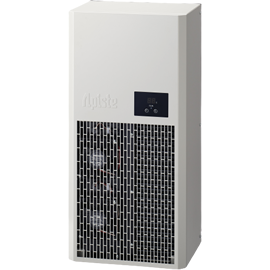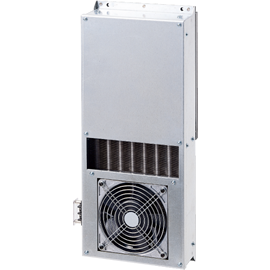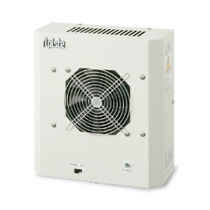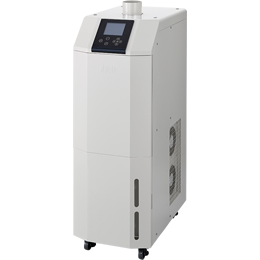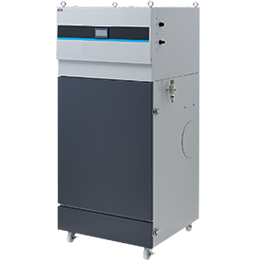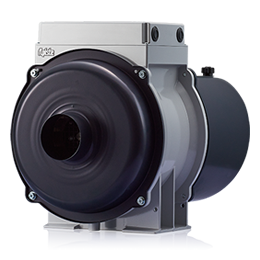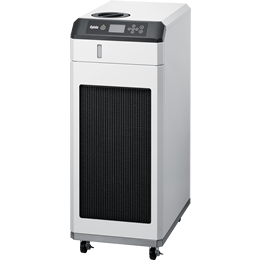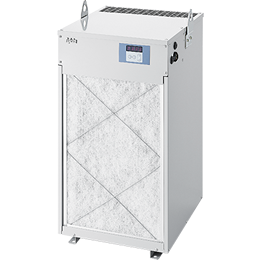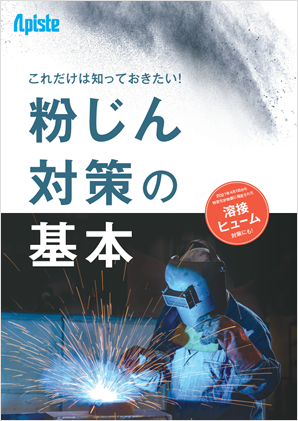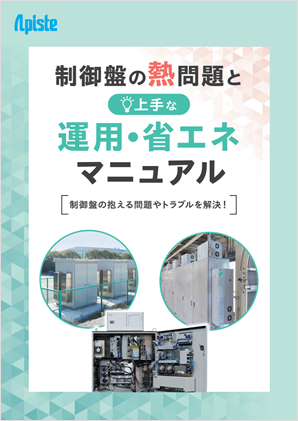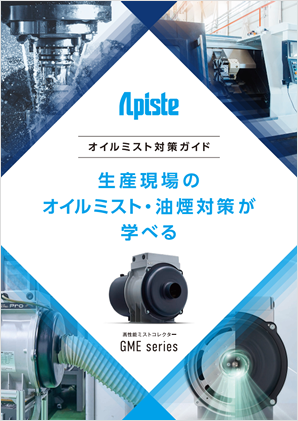How to choose a dust collector
What is dust collector?
What is dust collector?
dust collector are devices that efficiently collect dust, welding fumes, etc. to maintain a clean environment. dust collector are divided into types such as filtration, electric, and centrifugal, depending on their internal structure and dust collection mechanism.
The difference between dust collector and a vacuum cleaner
A "vacuum cleaner" is characterized by a small air volume and high pressure. By placing the cleaning port on the floor and reducing the gaps for air intake, it draws out high pressure and sucks up dust. Because the air volume is small, it is difficult to suck up dust that is scattered in the air. Also, because the filter area is small, it quickly becomes clogging when a large amount of dust enters. A "dust collector" has a lower pressure than a vacuum cleaner, but is used to suck up large amounts of dust with a large air volume. Because the filter area is large, it is characterized by being less likely clogging and less likely to lose suction power.
How to choose a dust collector
Check the type and source of dust you want to capture with dust collector
First, it is important to accurately understand the type of dust and the source of the dust. Appropriate selection is necessary depending on the particle size and properties of the dust.
It is also important to understand the source of the dust. Where the dust is generated, such as from processing machines, conveyance equipment, or workers' hands, will have a significant impact on the dust collection method and hood design.
Determine the type and installation method of hood to increase the efficiency of dust collector
To efficiently capture dust, the selection and installation location of the hood (suction port) are important. Choose an enclosed hood that covers the source or an external hood depending on the application. If the installation location and distance are not appropriate, sufficient suction will not be possible.
Check dust collector 's controlled air speed required for legal compliance
The Dust Hazard Prevention Regulations stipulate the controlled air speed required to obtain performance from local exhaust ventilation equipment depending on model of hood.
Controlled air speed as specified in the Dust Hazard Prevention Regulations (Dust Regulations)
Controlled wind speed according to the provisions of Article 27, Paragraph 1 of the Dust Law
| Hood model | Controlled wind speed (m/s) | |
|---|---|---|
| Enclosed hood | 0.7 | |
| External hood | Side suction type | 1.0 |
| downward suction type | 1.0 | |
| upward suction type | 1.2 | |
remarks
|
||
Controlled air velocity of machines with rotating bodies such as grinders and drum sanders as prescribed in Article 4 or Article 27, Paragraph 1 of the Dust Law
| How to install the hood | Controlled wind speed (m/s) |
|---|---|
| A method for enclosing an entire machine having a rotating body | 0.5 |
| A method of covering the direction of scattering of dust generated by the rotation of the rotating body with the opening surface of the hood. | 5.0 |
| Enclosing only the rotating body | 5.0 |
remarks
|
|
Calculate the air volume required for dust collector depending on the shape of the dust collection hood
Calculate the required air volume from the control air speed determined in the previous section and the type and shape of the hood.
| Hood model | Diagram | Air volume Q (m3/min) |
|---|---|---|
| Enclosure type |  |
Q=60·A·Vo =60 A Vc Vo: Average wind speed at the opening [m/s] |
| External type (rectangular or round canopy hood) |
 |
Q=60·VC·(10X²+A) |
| External type (Circular flange in free space or rectangular hood) |
 |
Q=60·0.75·VC·(10X²+A) |
| External type (Circular space in free space) or rectangular hood) |
 |
Q=60·1.4·P·H·Vc |
Frequently asked questions about choosing dust collector
What kind of equipment are wet dust collector and dry dust collector?
"Wet dust collector" capture dust by turning dust-laden air into water or by spraying it with water like a shower. Because they use water, they can capture gas-like substances, dust containing sparks, and explosive dust. "Dry dust collector" are the most common method, filtering and capturing dust. They have high collection efficiency and can collect dust while it is dry, making them highly versatile and easy to maintain, and they are used in a variety of environment.
Is Apiste dust collector dust collector filter type?
Apiste 's GDE series dust collector are filter-type dust collector. For details on specification and features, please click here.
What kind of manufacturing site are high-pressure dust collector recommended for?
Recommended for manufacturing site with laser markers. Apiste 's high-pressure dust collector have the largest filtration filter in their class and automatic airflow control, allowing for sustained suction power without the need for filter replacement for extended periods. For more information, Here Please check further.
Apiste 's GDE series dust collector
High-performance dust collector
| Model | Blower motor output (kW) |
Air volume (m 3 /min) |
External Dimensions (H×W×D)
(mm) |
Weight (kg) |
|
|---|---|---|---|---|---|
| GDE-A1500 | 1.5 | 10/20/25 | H1690×W650×D650 | 217 |
Product Catalog - Instruction manual |
| GDE-A2200 | 2.2 | 15/30/35 | H1698×W770×D770 | 260 |
Product Catalog - Instruction manual |
| GDE-A3700 | 3.7 | 20/40/55 | H1835×W900×D850 | 335 |
Product Catalog - Instruction manual |
High-Pressure Dust Collector
| Model | Blower motor output (kW) |
Maximum air volume (m 3 /min) |
Maximum external static pressure (kPa) | External Dimensions (H×W×D)
(mm) |
Weight (kg) |
|
|---|---|---|---|---|---|---|
| GDE-H1100 | 1.1 | 4.0 (single-phase AC200V) 3.4 (single-phase AC100V) | 9.6 (single-phase AC200V) 7.5 (single-phase AC100V) | H975×W430×D435 | 65 |
Product Catalog - Instruction manual |
People who viewed this page also checked out these documents:
Apiste will fully support you with any problems you may have on the job site.
Please feel free to consult us about anything, from consideration to follow-up after installation, and even in the unlikely event of trouble.
- I want to know how much airflow is needed.
- I would like to consult about pressure loss calculations, such as duct routing.
- I want to know how much it will cost and how quickly it can be realized.
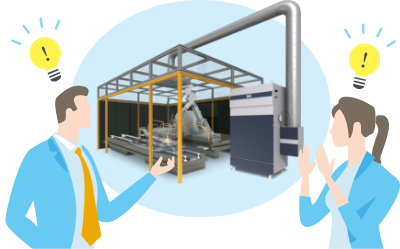
Contact by email


